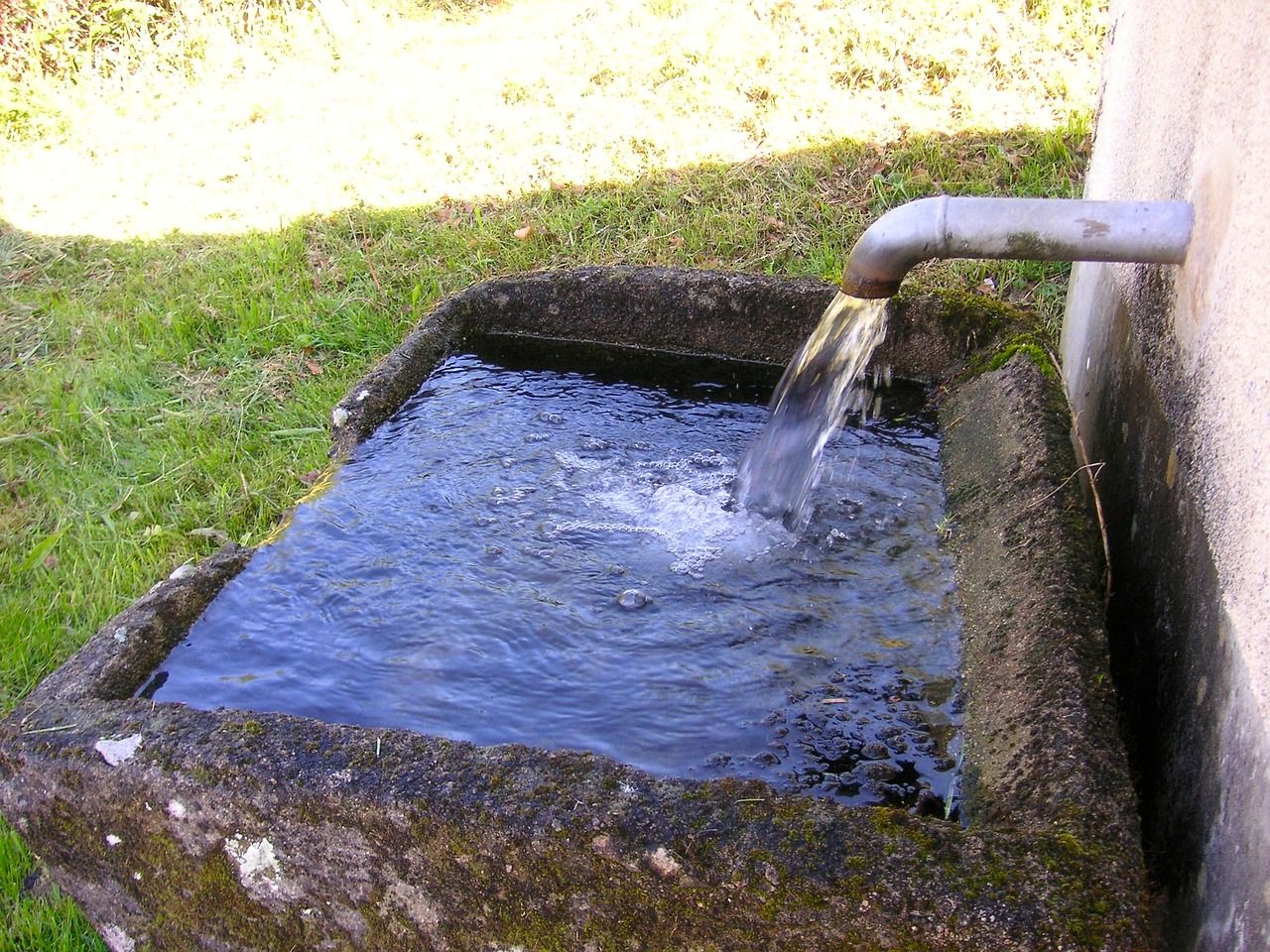Climate change has become one of the biggest global challenges for humanity. At the same time, the dependence on hydrocarbon energy sources such as coal, oil and natural gas is still strong.
Supply lines around these energy sources are further vulnerable to geopolitical tensions. Due to the current sanctions against Russia, experts now expect rising electricity prices and negative effects on the energy market in Europe.
The Austrian government understands the urgent need for the energy transition and has set the ambitious goal of being climate neutral by 2040. Alternative solutions to fossil energy have been slow to emerge and, for the most part, are not yet efficient enough on a large scale. But there are promising approaches — especially in the form of decentralized renewable energies or blockchain technology in peer-to-peer (P2P) energy trading.
There are already pilot projects in Austria dealing with P2P trading on the energy market. At the forefront are blockchain scale-up Riddle&Code and Austria’s largest energy provider Wien Energie, which founded a joint venture in 2020 called Riddle&Code Energy Solutions.
As of April 1 of this year, Kai Siefert is the new head of the joint venture. He was formerly an IT strategist at Wien Energie and worked on the energy tokenization platform MyPower in Vienna. Cointelegraph auf Deutsch caught up with Siefert to ask how we can combat the energy crisis with the help of blockchain.
From pilot project to solar tokenization
Wien Energie and Riddle&Code have been working together for a long time. Back in 2017, the companies launched the first project called Peer2Peer in Quartier where they tokenized photovoltaic solar systems so that consumers can participate in energy production.
Later, at the end of 2018, when Siefert was still Wien Energie’s IT strategist, his team developed a blockchain strategy together with Astrid Schober, head of IT at Wien Energie, and focused on the topic of energy tokenization with security tokens and utility tokens.
This resulted in the MyPower platform. First, Wien Energy and Riddle&Code tested the decentralized trading of self-generated solar power via blockchain in a smart city project with 100 participants. Everything went smoothly, and in 2021, a tokenization platform for photovoltaic plants was launched. Riddle&Code tokenized the largest solar plant in Austria and gained 1,000 customers who, as part of its advertising campaign, bought energy vouchers issued by Wien Energie in the form of tokens, which could be used to pay electricity bills.
Now MyPower tokenizes solar photovoltaic assets across the whole of Austria, allowing consumers to benefit from partial ownership and invest in renewable energy sources.
Demand for renewable energy is huge
According to Siefert, the concept of energy sharing is very much in demand at the moment. Due to Russia’s invasion of Ukraine and the coronavirus crisis, electricity prices are skyrocketing. Rising energy prices can be mitigated with cheaper renewable energies, smart information technology and energy sharing.
Recent: Not just Bitcoin price: Factors affecting BTC miner profitability
With blockchain-based energy sharing, jointly generated electricity is fed into the grid, distributed and sold directly to flats — all without an intermediary. Kilowatt-hours not consumed can also be sold to other energy communities, and thus, consumers earn or save money.
Energy sharing can enable direct energy trading between energy consumers (energy producers and end-consumers), who can use this approach to take control of their generation and demand. People who rent instead of owning their homes can actively participate in the energy transition and benefit from the proceeds. This gets consumers more involved in their own generation and puts local value creation at the center.
“You don’t need to buy natural gas from Russia or oil from Saudi Arabia to create energy here in Europe,” Siefert said. “The sun comes virtually…
Read More: cointelegraph.com









 Bitcoin
Bitcoin  Ethereum
Ethereum  Tether
Tether  XRP
XRP  Solana
Solana  Dogecoin
Dogecoin  USDC
USDC  Cardano
Cardano  Lido Staked Ether
Lido Staked Ether  TRON
TRON  Avalanche
Avalanche  Sui
Sui  Wrapped stETH
Wrapped stETH  Chainlink
Chainlink  Toncoin
Toncoin  Shiba Inu
Shiba Inu  Stellar
Stellar  Wrapped Bitcoin
Wrapped Bitcoin  Hedera
Hedera  Polkadot
Polkadot  WETH
WETH  Bitcoin Cash
Bitcoin Cash  Uniswap
Uniswap  Pepe
Pepe  Litecoin
Litecoin  LEO Token
LEO Token  Hyperliquid
Hyperliquid  Wrapped eETH
Wrapped eETH  NEAR Protocol
NEAR Protocol  Ethena USDe
Ethena USDe  Internet Computer
Internet Computer  USDS
USDS  Aptos
Aptos  Aave
Aave  Mantle
Mantle  Render
Render  Bittensor
Bittensor  POL (ex-MATIC)
POL (ex-MATIC)  Cronos
Cronos  Ethereum Classic
Ethereum Classic  Virtuals Protocol
Virtuals Protocol  Artificial Superintelligence Alliance
Artificial Superintelligence Alliance  Arbitrum
Arbitrum  MANTRA
MANTRA  WhiteBIT Coin
WhiteBIT Coin  Monero
Monero  Filecoin
Filecoin